Last Updated on August 5, 2021
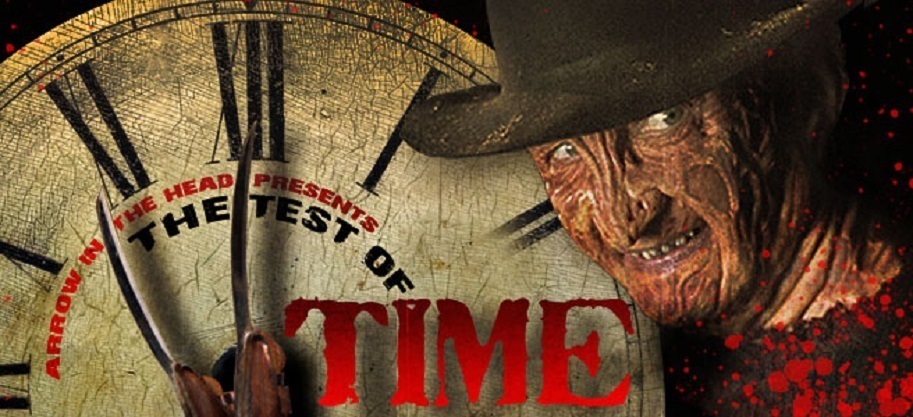
We all have certain movies we love. Movies we respect without question because of either tradition, childhood love, or because they’ve always been classics. However, as time keeps ticking, do those classics still hold up? Do they remain must-see? So…the point of this column is to determine how a film holds up for a modern horror audience, to see if it stands the Test of Time.
DIRECTED BY BRIAN DE PALMA
STARRING MICHAEL CAINE, ANGIE DICKINSON, NANCY ALLEN, KEITH GORDON, DENNIS FRANZ
It’s astounding how underrated Brian De Palma continues to be among the filmgoing public. Despite making such classics as CARRIE, SCARFACE, THE UNTOUCHABLES, CARLITO’S WAY, and several others, De Palma has never really earned the laudatory respect of such filmmaking peers as Coppola, Scorsese, Spielberg, Lucas, and every other single-moniker household directorial name that came of age in the ‘70s and ‘80s. Is it because De Palma delightfully revels in supposed trashy “b-grade” genre material, or that he so blatantly cribs the style of Alfred Hitchcock? Whatever the reason is, it’s a goddamn travesty that De Palma will likely receive more posthumous recognition than he does while still alive. But then again, isn’t that the sign of a true artist?
One of De Palma’s finest films is DRESSED TO KILL, the hyper-stylized and inverted homage to Hitch’s VERTIGO spliced with PSYCHO. Boldly ahead of its time, the film was lambasted through public protest upon release for being crudely misogynistic, deeply offensive, and graphically salacious. Critically, however, the film was seen as a revelation of De Palma’s raw talent, albeit one favoring style over substance. Now, as the film celebrates its 40th anniversary this year, it’s time we reassess the enduring merits of DRESSED TO KILL by presenting its case before the harshest judge of all: The Test of Time!
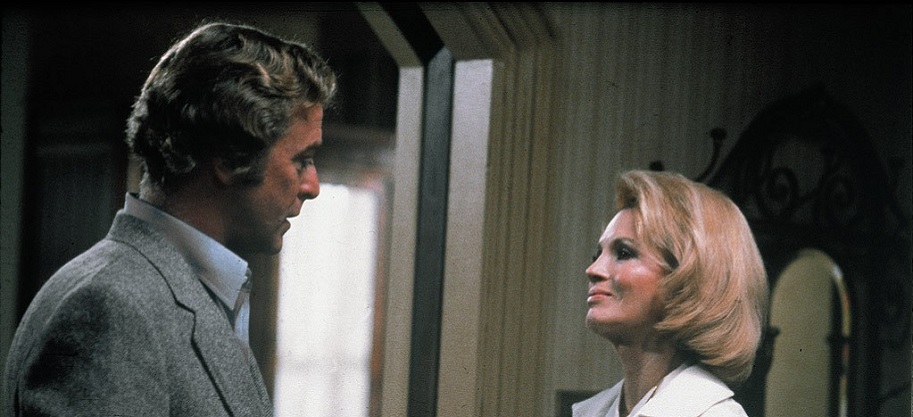
THE STORY: As mentioned above, De Palma clearly uses Hitchcock’s VERTIGO and PSYCHO as jumping-off points, but here’s a more fascinating piece of source material. When he was younger, De Palma was apparently encouraged by his mother to follow his father around with recording equipment to prove his infidelity. Pretty twisted! De Palma also began the screenplay as an adaptation of Gerald Walker’s article, CRUISING, but failed to obtain the rights for the source material. While Billy Friedkin would go on to make CRUISING the same year, De Palma incorporated aspects of his script to fit in with DRESSED TO KILL. As for the plot of the film, the story picks up to find the hot, lusty middle-aged slattern Kate Miller (Angie Dickinson in her self-proclaimed favorite movie she ever made) in a state of sexual frustration as she masturbates in the shower (Dickinson’s 48-year-old body doubled by 28-year-old Victoria Johnson). Kate is insatiably horny but feels chronically undesirable, putting her in a sad state of longing insecurity.
The twice-married single mother of brilliant young scientist Peter (Keith Gordon) visits her psychiatrist, Dr. Robert Elliott (Michael Caine), to express her concerns. Kate then visits an NYC museum (the interior shot at the Philadelphia Museum of Art), where she flirts with a strange man in a silent, hypnotic, nine-minute sequence of virtuosic camerawork calling VERTIGO to mind. After briskly banging the dude in a taxi-cab, and then visiting another man she has her ribald way with, Kate finally exits the building to return home. However, the show-stopping lone death in the film, Angie is viciously hacked and slashed by a blonde woman in sunglasses and long black trench-coat brandishing a straight-razor. The killer is said to be a woman named Bobbi (Susanna Clemm), one of Dr. Elliott’s disturbed patients. In accidentally witnessing the murderer, high-priced call-girl Liz Blake (De Palma’s wife, Nancy Allen) becomes the next target of Bobbi’s baleful blade. With Peter’s help and that of NYPD Chief Marino (Dennis Franz), Liz schemes a way to catch the killer before they can strike again!
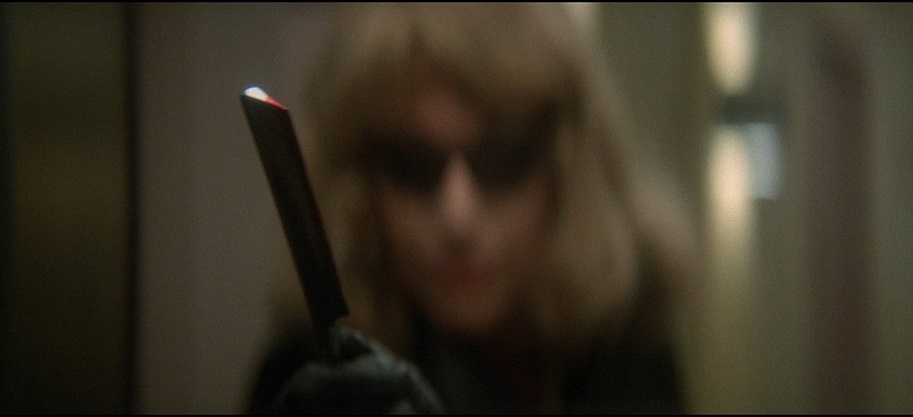
WHAT HOLDS-UP: Straight up, damn near every aspect of DRESSED TO KILL still holds up today, 40 years after its release. In many ways, it respectfully advocates for the rights of trans-people, although in a bit of an ass-backward away. More on that below, but first, the three immovable columns that continue to prop the film up with towering brio and bravado include De Palma’s adroit use of style and form, the performances by all involved, and the jaw-dropping shock value the memorable midway murder and tricksome final twist reveal.
First off, no one shoots a movie like Brian De Palma. Yes, he pays a heartfelt homage to Hitchcock in almost every film, but he doesn’t merely imitate, he advances what Hitch laid out and moves the style and form forward in a way that evolves film grammar. The museum scene is absorbingly captivating, despite nary a line of dialogue. The camera is almost a voyeuristic fly on the wall that doesn’t remain still but dynamically soars around the spaces of the set almost as if another character. The gory elevator slaughter is pitch-perfect, and itself another tip of the cap to Hitch’s classic shower-slashing in PSYCHO. The camera angles De Palma finds remain fresh and exciting, always drawing the viewer in rather than keeping the cold material at arm’s distance. Not to mention the inspiring split-screen usage, a staple of De Palma’s oeuvre, that he masters in two or three different scenes in DRESSED TO KILL. The shot of Peter surveying Dr. Elliot’s office is one, the nightmarish Bellevue sequence, in the end, is another, the latter including a brilliant overhead split-screen I’ve never in my life seen the equivalent of. That image alone is jarring and surreal as they come.
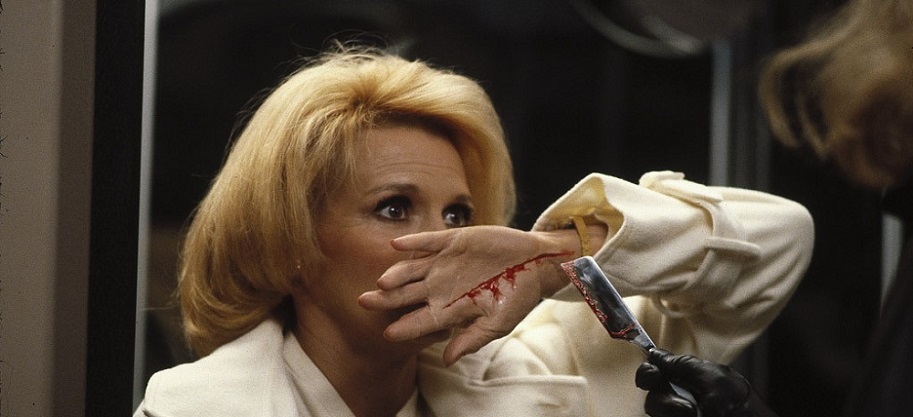
Really though, it’s the shock value of the film that still retains the utmost potency. Spoiler Alert: Dr. Elliot is Bobbi the transsexual serial killer. Many subtle clues hint at this revelation, but De Palma actually begins the film with a cool red-herring to throw off his scent. Notice when Kate arrives at Dr. Elliott’s for the first time. In the right background corner, a woman dressed just like Bobbi is seen exiting the office. Of course, an audible motif has Bobbi calling Dr. Elliott and leaving erratic phone messages, which are spoken in an American accent rather than Michael Caine’s unmistakable Cockney drawl. Most confusing, however, is how up until the final scene, the person playing Bobby is not Caine at all, but rather Susan Clemm, who plays Betty Luce, the police officer tailing Liz after Kate’s murder. These details keep our suspicions away from Elliott being the killer culprit, despite a few subtle hints to the contrary. Notice how Elliot spells his name over the phone (E, double L, I, O, double T). Caine stresses the word double, hinting at his very nature. Later, shots of Elliot in the mirror also betray his fractured psyche. Perhaps the most inspired parallel comes via the aforesaid style and form that De Palma excels in. During one complex split-screen, Elliot watches TV on one side while Liz watches the same program on the other. The TV program features a transsexual cop who speaks to how trans-women tend to possess masculine qualities. Again notice how Caine is framed in a mirror while watching the trans-woman on TV. Subliminal filmmaking at its finest!
Of course, when a movie is so dependent on its shocking twist ending, the acting must be top-tier in order to pull it off. We all know Caine’s extraordinary talent, but Keith Gordon, Nancy Allen, and Angie Dickinson all deserve kudos for giving performances that not only hold up on their own but still work to function in keeping the final reveal an unpredictable mystery. The finale remains blurry due to the fact that Officer Luce (Clemm) arrives in a torrential downpour to save the day. But given her appearance as she approaches Peter from behind, we can’t tell who or where Bobbi is until Elliott’s wig is blown off through the window. The point is that it’s the acting, as much as De Palma’s deft direction, that makes the finale work. In 2020 no less!
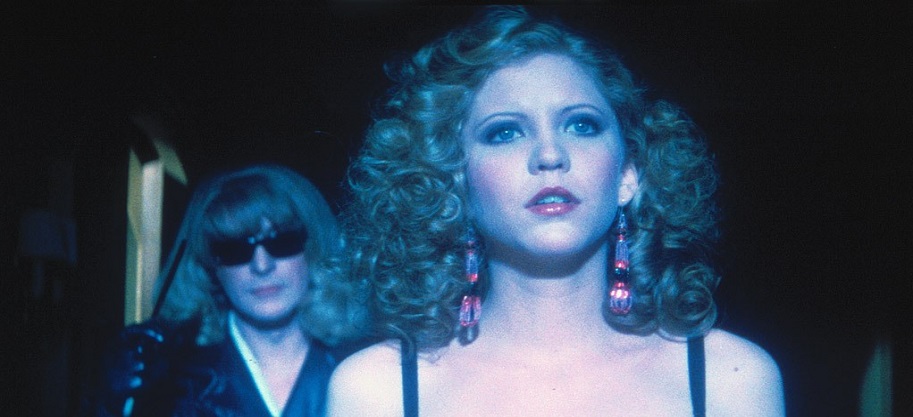
WHAT BLOW NOW: What sucks about a movie liked DRESSED TO KILL is that it would likely never get made today. Society has become too sensitive, to outraged, too concerned with serving social justice even when those supposedly victimized are not offended in the first place. Another gross misconception of the film is that it may depict transgendered people as unstable murderers. Payer closer attention! The TV program not only depicts a trans-woman as a heroic former police officer, but there’s also a direct discussion at the end of the film between Liz and Peter discussing the nature of transsexual operations. Notice the mortified reactions to the old ladies in the background. Their reactions are clearly meant to represent old, dying, traditional ways of societal thinking on this matter. On the contrary, the much younger, hipper, and open-minded Liz and Peter in essence advocate for trans-rights by discussing so easily and progressively. In the end, Elliott gets put away in Bellevue not for being transsexual, but for being murderously psychotic. But not just for killing Kate, for murdering his own transsexual desires to be a woman every time his male erection threatens to overpower such an urge. Had Elliott gotten a sex-change operation sooner, he’d likely never kill Kate. That’s the real argument the movie makes.
THE VERDICT: Even 40 years later, DRESSED TO KILL remains one of De Palma’s finest hours. The movie is an exquisite piece of Hitchcockian style and form featuring excellent performances, an all-time memorable movie murder, and a forward-thinking exam of transsexual relations under the guise of a brutal b-movie slasher. Aside from perhaps SCARFACE and BLOW OUT, DRESSED TO KILL is still my favorite De Palma movie!


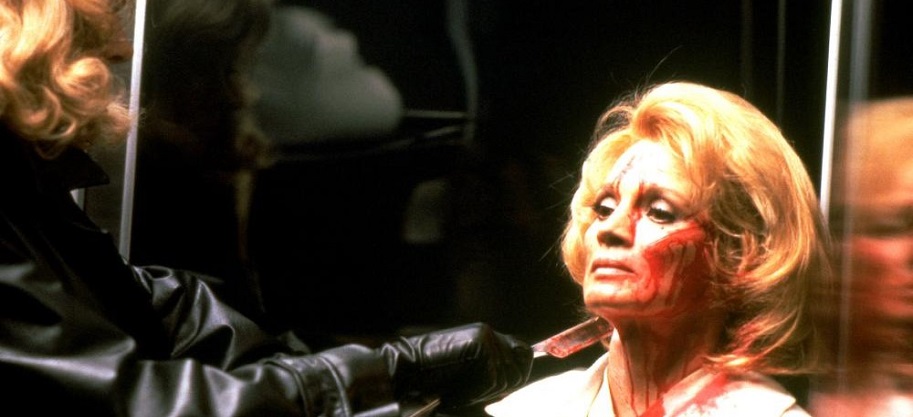
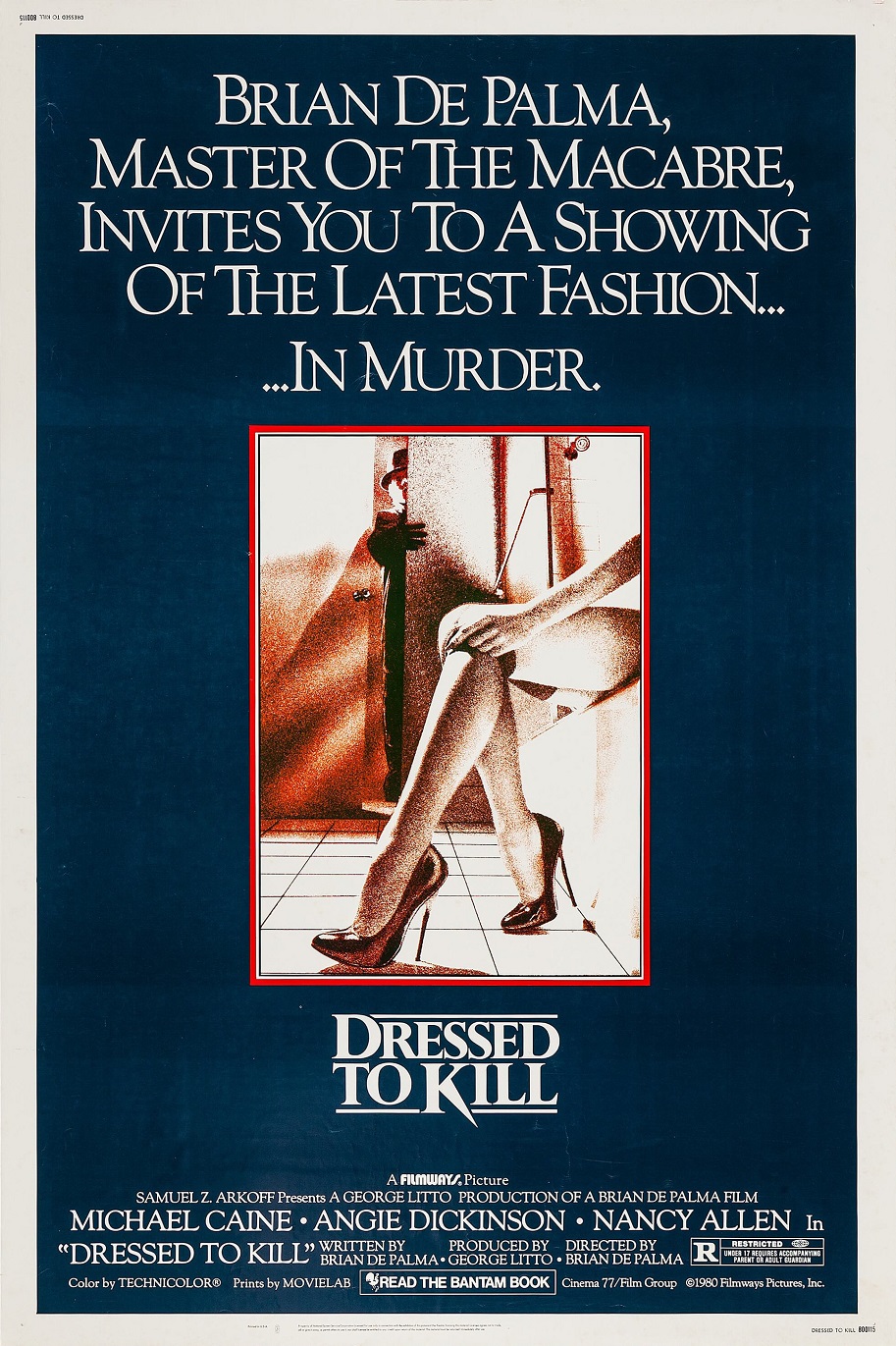







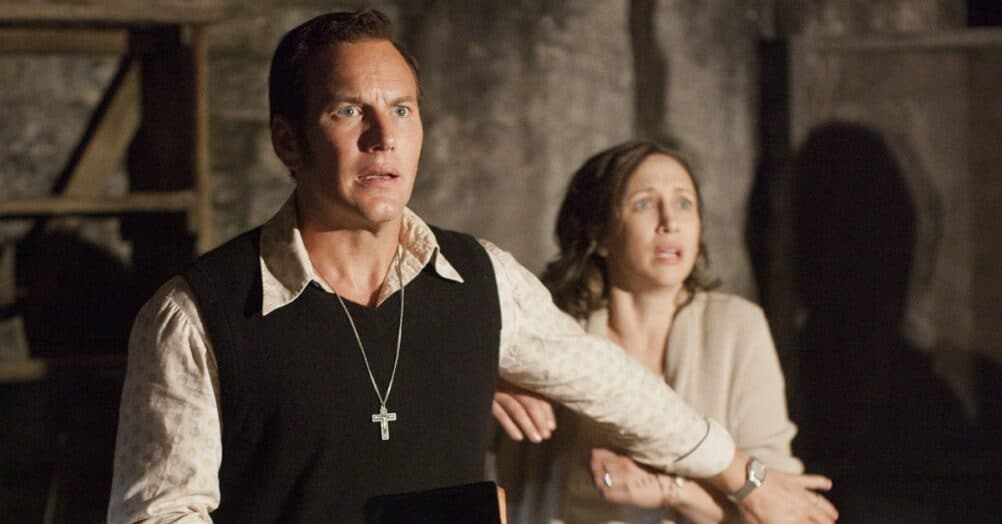









Follow the JOBLO MOVIE NETWORK
Follow us on YOUTUBE
Follow ARROW IN THE HEAD
Follow AITH on YOUTUBE